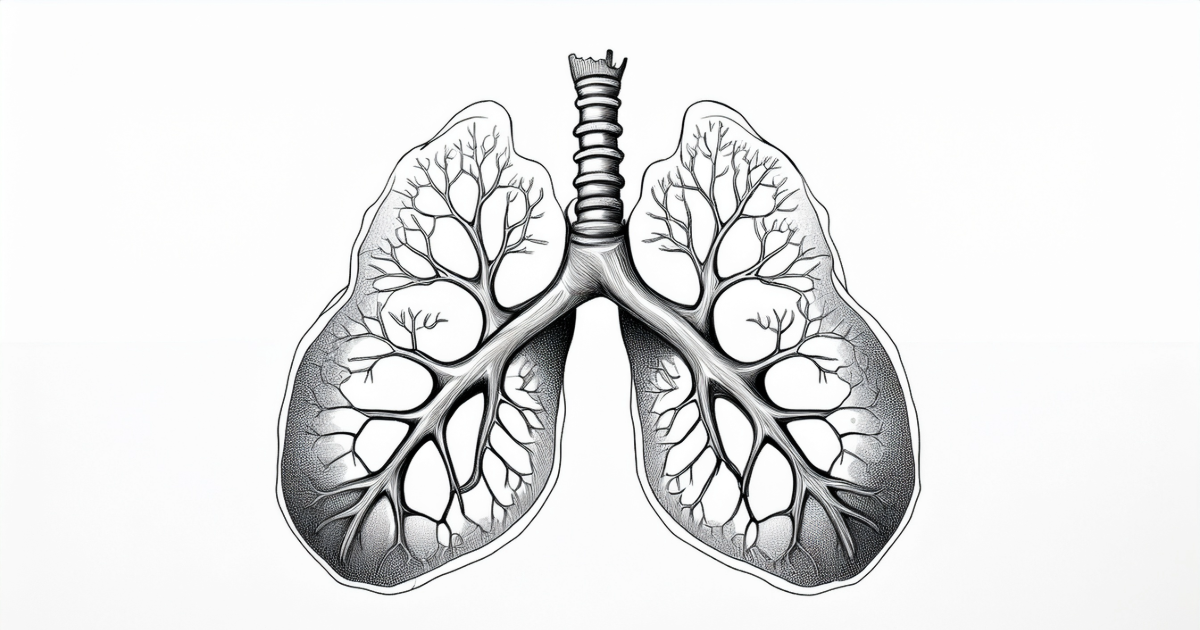Arnold Schwarzenegger is no longer crushing workout shakes. At 78, his muscle routine is fueled by oatmeal, soup, and moderation.
“I used to drink, for instance, protein drinks, but I don’t do that that much,”…

Arnold Schwarzenegger is no longer crushing workout shakes. At 78, his muscle routine is fueled by oatmeal, soup, and moderation.
“I used to drink, for instance, protein drinks, but I don’t do that that much,”…

A new study led by Break Through Cancer’s Accelerating Glioblastoma (GBM) Therapies Through Serial Biopsies TeamLab has revealed that an engineered virus therapy, CAN-3110, triggered powerful immune responses deep inside…

Long-term exposure to fine air pollution can impair metabolic health by disrupting the normal function of brown fat in mice. A study co-led by the University of Zurich shows that this occurs through complex changes in gene…

As winter approaches, nurses in primary care are challenged with the assessment of young children presenting with raised temperature that may be common colds or potentially more serious illnesses. To help refresh your skills in this area, our…
This request seems a bit unusual, so we need to confirm that you’re human. Please press and hold the button until it turns completely green. Thank you for your cooperation!

This request seems a bit unusual, so we need to confirm that you’re human. Please press and hold the button until it turns completely green. Thank you for your cooperation!

A real-world study demonstrated the effectiveness of subcutaneous immunotherapy with depigmented, polymerized cat epithelium extract (Dpg-pol-cat) in adults with moderate to severe allergic rhinitis or rhinoconjunctivitis caused by

A clinical study examining determined that systemical mediastinal lymph node dissection (LND) should no longer be recommended in stage T1 ground-glass (GGO)-dominant invasive lung adenocarcinoma..1
The phase 3 study, ECTOP-1009 (NCT04527419),2…